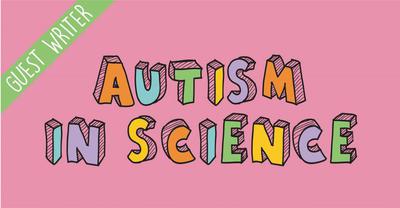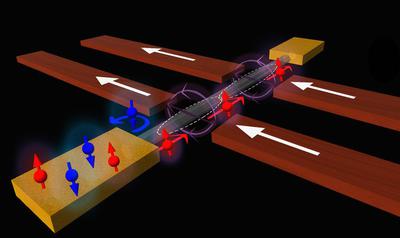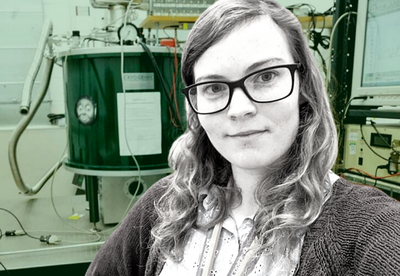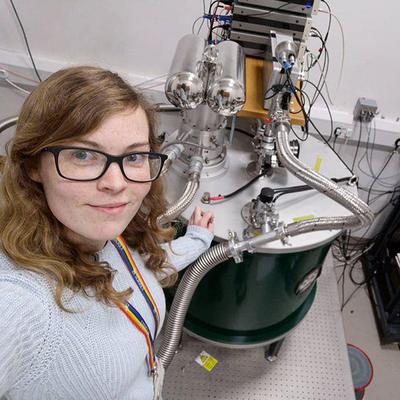Physics World
•
22nd May 2020
Physics in the pandemic: ‘Returning to the lab will be hugely beneficial for me’
In March, everyone in our research institute was advised to work from home if possible, and our labs shut down soon after. Although my PhD project is mostly experimental, I am lucky in that I had already started incorporating some computational modelling into my work. The reason I did this is because, as an autistic person, I am not always able to physically go to campus: I sometimes find the myriad of sensations there overwhelming, and social interactions can leave me fatigued. So, I was already searching for ways to make meaningful progress on my research while working remotely for longer periods.







